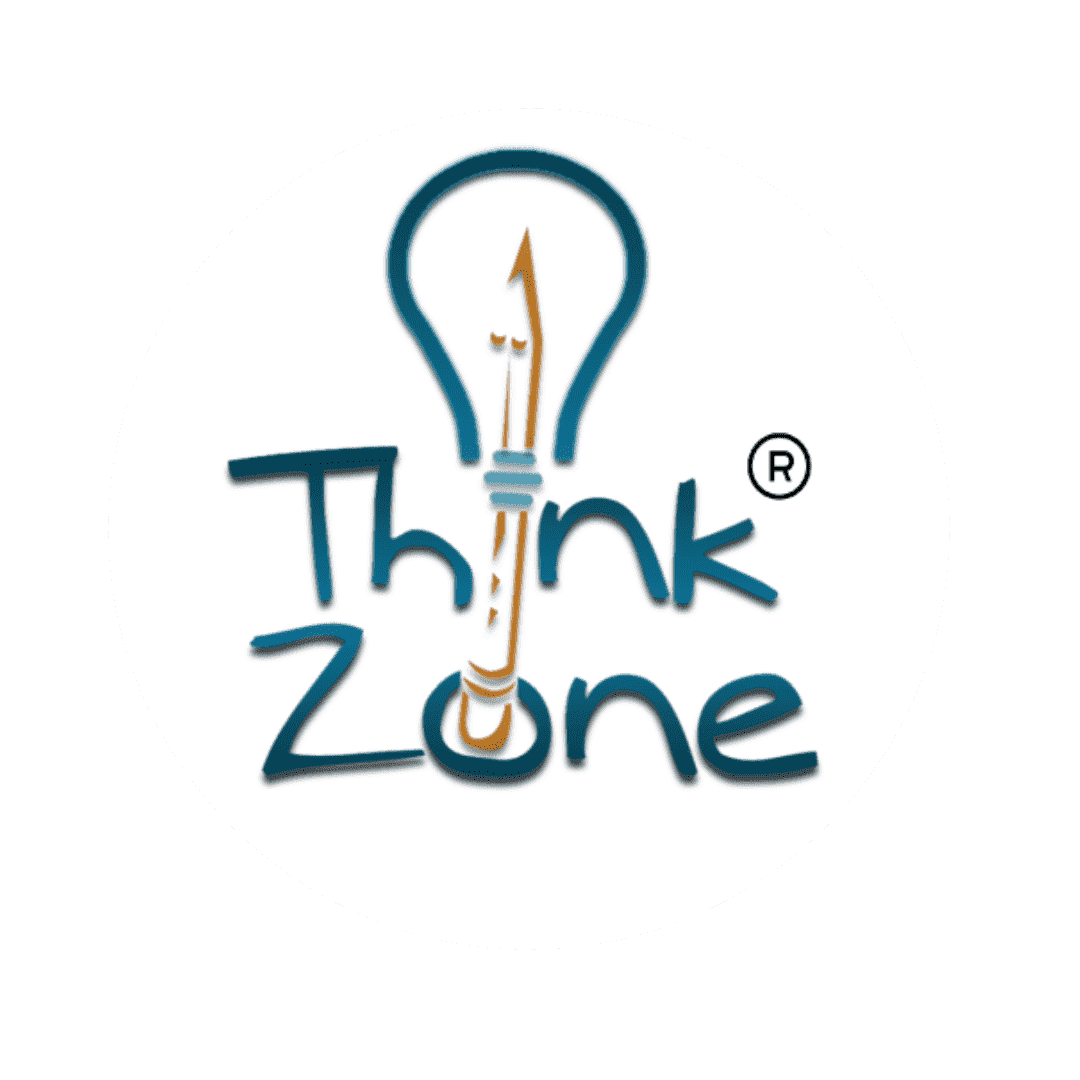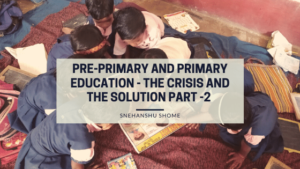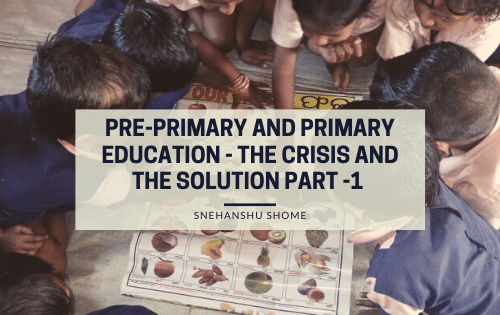To be or not to be Ed-Tech
When I joined ThinkZone at the end of 2017 as a Program Manager, The first thing the CEO, Binayak Acharya, told me was “ We are developing a teacher’s app, you need to test it and train the teachers how to use the App”.
I was excited about the idea of testing an app as I come from a technical background, I had a certain idea or notion of how apps work and testing is done. But in this case, during my initial months when the app was still at the developmental stage I was on a tour of all the locations where our community centers were operating. Back then our community centers were run by women from the village trained by our trainers, we provide them with a low-cost School-in-a-box, which is a collection of teaching aids for kids from age 3 to 10, apart from that a monthly honorarium to keep them motivated. The app which we’re developing was supposed to be the center of the teaching-learning process. The app had a student registration section, attendance, assessments(baseline, monthly and endline tests), Activities, Payment, and training.
We thought that providing this App with a tablet is the last mile solution we were looking for. On the day of training, the teachers were excited to use the tablet as well as the app. It was a hands-on training session they were happy as most of them had or used smartphones and some who had never used a smartphone it was a learning curve for them. After the session, we were happy that finally the last piece of the puzzle is found. A small step in taking quality education to rural Odisha.

To our surprise, after one month we found that only 20% of our teachers are using our app. Even after continuous visits from our managers, they were not using the app. Which meant they were teaching in the same way they used to teach before our intervention. We huddled up and started scratching our heads what could be the reasons teachers are not using the app. We did another training session and upon careful observation, we found that teachers found the design too complicated so the whole purpose of making learning fun was not achieved as teaching became tedious. Being a small start-up with limited resources and no technical expertise in App designing we were in a soup. We decided to go to the drawing start finding the reasons why our teachers are not using the app. After multiple noisy brainstorming sessions, we found the missing link, the teachers. We never really asked our end-users what they want, we assumed that we have a solution for them. We learned a lesson, in our course correction we asked teachers from different districts what they want in their app and how it should appear. We redesigned our app, improved the user experience. This was version 2 of our app and our unlearning and re-learning. But the question we asked ourselves is can we rely solely on technology to make quality education affordable and accessible?
The answer is yes and no.

The year 2019 was a watershed year for in terms of our business model, verticals and approach. What we collectively decided that instead of making the App smarter, we can make our teachers smart and motivated. We changed our training methods, aligned our curriculum with the state boards, We changed the notion among parents and teachers that Thinkzone’s curriculum is different, we are in the process of making the teachers understand the importance of activity-based learning and most importantly ThinkZone intends to lessen the burden of a teacher and the app is just a part of the solution, not the only solution.
So, technology cannot replace the teacher or solve the crisis. But it can aid the teacher in solving daily classroom problems.


